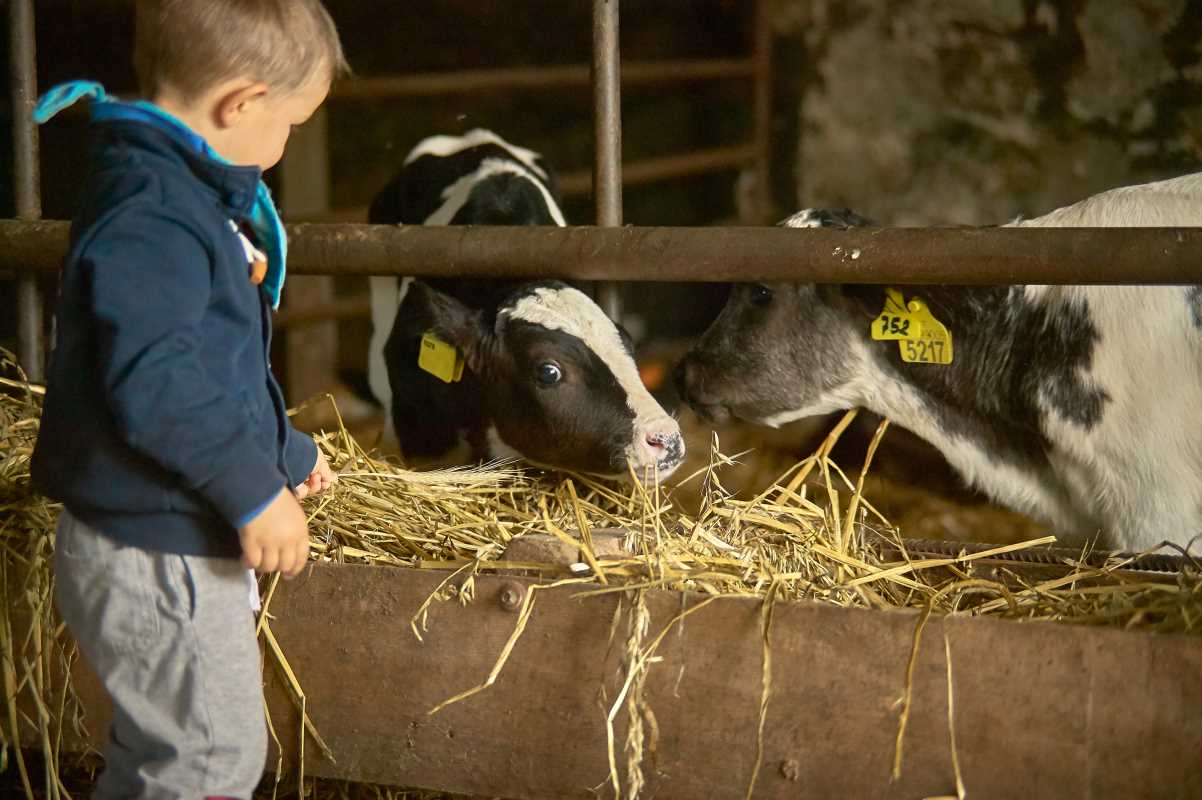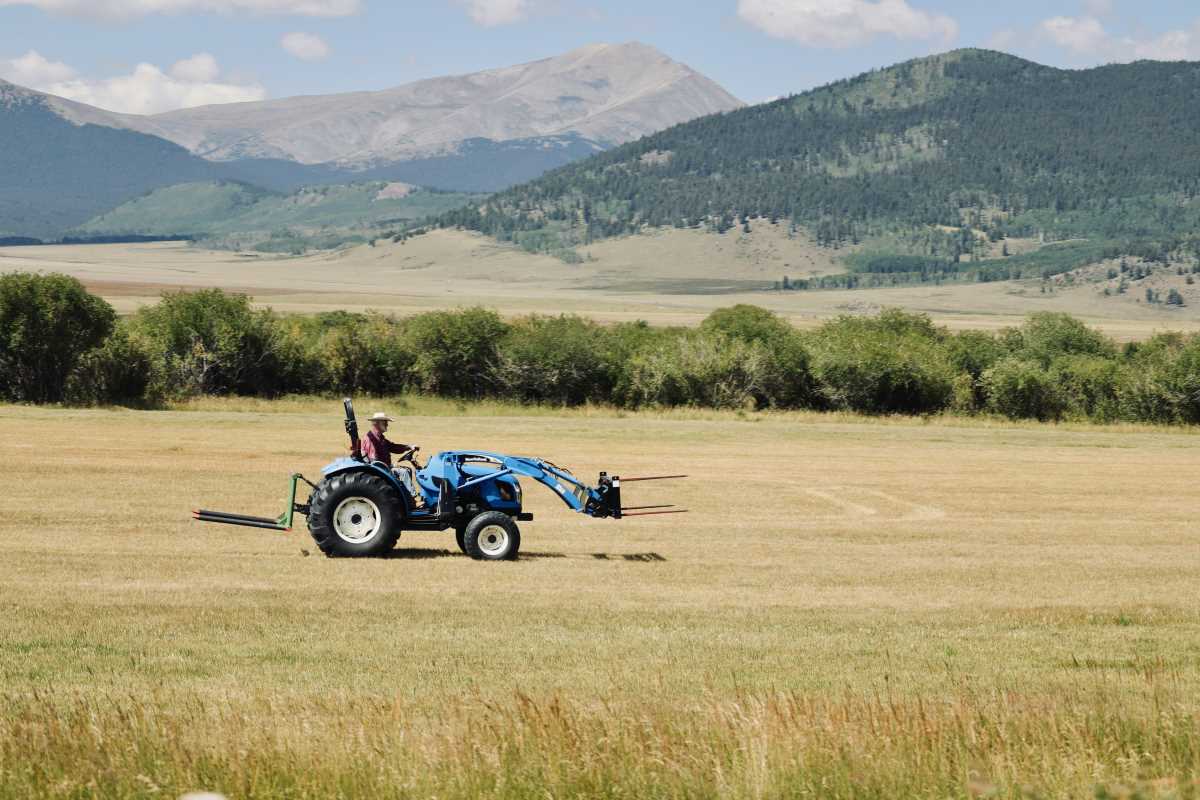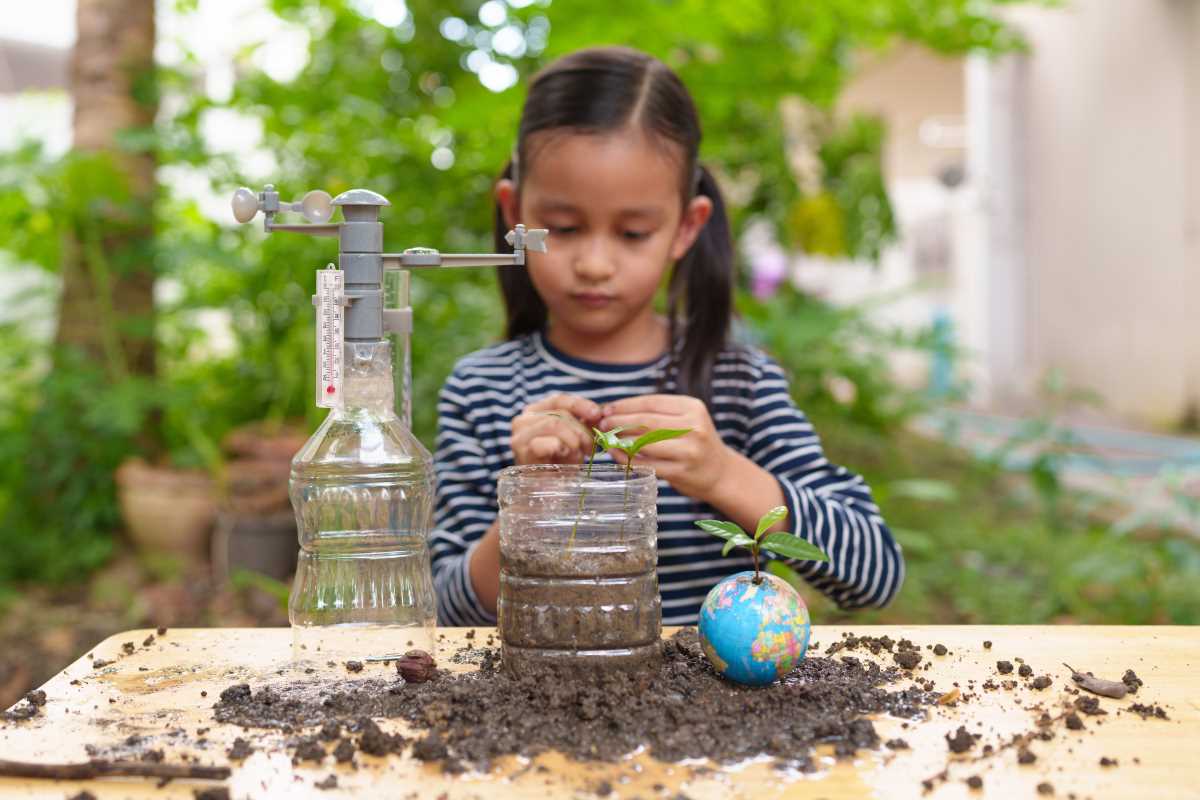Learning about smart greenhouse systems reveals how technology shapes the future of gardening. People use automated sensors, climate controls, and innovative tools to manage outdoor spaces more efficiently than ever before. Connecting with these systems allows anyone to monitor and adjust water, temperature, and light settings with precision, making daily gardening tasks more rewarding and productive. This practical experience helps gardeners move beyond traditional techniques, encouraging a smoother path toward healthier plants and higher yields. As technology becomes more accessible, tending to gardens and greenhouses turns into a creative and satisfying pursuit for all skill levels.
The training offers practical insights that boost productivity and save valuable time. Participants learn how to monitor conditions in real time and adjust settings efficiently. These improvements help create an environment that encourages year-round growth and increases yield, making the learning process both innovative and directly applicable.
The Basics of Smart Greenhouse Technology
Smart greenhouse technology combines advanced sensors, automated climate controls, and monitoring systems to create a controlled environment for plant growth. It uses real-time data to adjust temperature, humidity, and irrigation, allowing growers to respond quickly to changing conditions. This modern approach simplifies the art of gardening by reducing manual labor while increasing precision.
This technology proves useful when managing significant outdoor areas where variable weather can affect plant health. Devices like thermostats, light sensors, and moisture monitors help growers create ideal environments easily. The clear data feedback and automated adjustments help eliminate guesswork, letting you focus on refining your growing techniques further.
Benefits of smart greenhouses for large backyards
Switching to a more automated greenhouse system can bring notable benefits, especially when space isn’t a limiting factor. Smart systems adjust environmental conditions precisely, enabling a longer growing season and higher productivity. Using these systems results in healthier plants and less resource wastage.
- Better control over temperature and humidity, leading to consistent plant growth.
- Less dependency on manual labor, allowing for more efficient space management.
- Improved water conservation through optimized irrigation systems.
- Longer growing periods that support a wider variety of crops.
- Real-time data monitoring that helps quickly identify and address issues.
The integration of smart technology not only boosts yield but also simplifies routine tasks. Whether you want to experiment with new crops or prefer steady output from familiar ones, these benefits become immediately noticeable. The efficiency in managing large areas turns everyday maintenance into an enjoyable and manageable project.
Getting started with smart greenhouse training essentials
Beginning smart greenhouse training can quickly build your confidence and skills in automated gardening. It starts with understanding the basics and learning how to incorporate modern solutions into your current setup. Practical training sessions can teach you how to adjust configurations and maintain equipment.
- Start with a thorough evaluation of your current greenhouse structure and identify areas that could benefit from automation.
- Enroll in targeted courses that explain setting up and operating climate-control systems.
- Practice hands-on sessions to understand sensor calibration and data interpretation.
- Try integrating partial automation into your practices before setting up a full system.
- Review troubleshooting guides and connect with fellow growers to learn from real-world experiences.
Following these steps can make the transition into smart gardening smoother. A structured training approach not only emphasizes practical skills but also develops a mindset focused on continuous improvement and learning.
Innovative tools and techniques to boost yields
Exploring innovative tools is essential for maximizing productivity. Many tools now provide real-time analytics that help fine-tune the growing environment. For example, some software solutions allow you to predict weather patterns and adjust your systems beforehand, ensuring plants receive optimal care.
Training sessions often feature practical demonstrations that show how modern techniques improve results. Attending greenhouse construction workshops can give you hands-on experience with the latest equipment. This direct exposure to new methods sparks fresh ideas and helps you feel confident about adopting modern practices.
Common challenges and solutions
Even the best greenhouse setups can face issues like faulty sensors, software bugs, or sudden weather shifts. Quick troubleshooting—such as recalibrating equipment or updating software—often solves these problems. Smart greenhouses also offer built-in diagnostic tools and maintenance reminders to prevent disruptions.
Hands-on training with these systems empowers growers to try new methods and manage challenges confidently. With practical strategies and regular updates, your greenhouse can deliver reliable and abundant harvests.
Using these techniques increases productivity and makes gardening more satisfying. Embrace new tools and enjoy the rewards of smart, modern gardening.
 (Image via
(Image via





